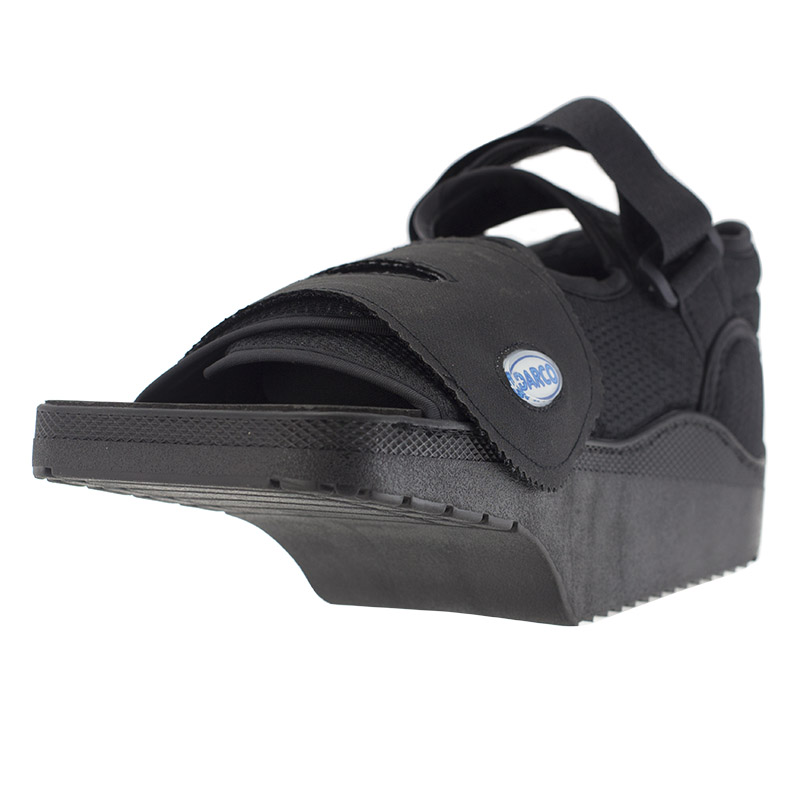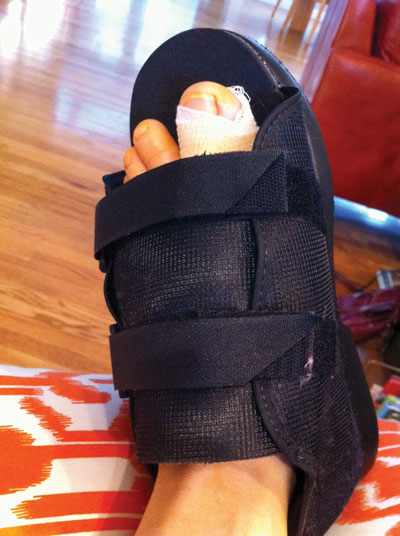Foot surgery can be a daunting experience, affecting not just your mobility but also your overall lifestyle. Whether you’ve undergone bunion surgery, plantar fasciitis treatment, or any other foot-related procedure, transitioning back to regular footwear is a significant milestone in your recovery journey. In this comprehensive guide, we will explore the best practices for transitioning to shoes after foot surgery, including tips, appropriate footwear options, and expert advice to ensure a smooth transition.
Understanding the Recovery Process
The Importance of Footwear Post-Surgery
After foot surgery, your body requires time to heal. Wearing the right shoes can significantly impact your recovery process. Shoes designed for post-surgery can help alleviate pain, provide necessary support, and protect your foot during this healing period.
Common Types of Foot Surgery

- Bunion Surgery
- Plantar Fasciitis Surgery
- Ankle Fusion
- Toe Straightening
Choosing the Right Footwear

Types of Shoes for Post-Surgery Recovery
Your post-surgery footwear will vary based on your specific procedure. Here are some of the best options:

| Type of Shoe | Pros | Cons |
|---|---|---|
| Post-Operative Shoes | Wide fit, adjustable, lightweight | Bulky appearance |
| Orthopedic Shoes | Excellent arch support, custom fit | Higher cost |
| Walking Boots | Stability, protection for the foot | Limited range of motion |
| Slip-On Shoes | Easy to wear, no laces to tie | May lack support |
Features to Look For in Post-Surgery Shoes

When selecting shoes, consider the following features:
- Arch Support: Vital for comfort and to alleviate pain.
- Cushioning: Provides shock absorption to reduce impact on the foot.
- Adjustability: Velcro straps or elastic bands can accommodate swelling.
- Non-Slip Sole: Ensures safety while walking, especially on slippery surfaces.

Transitioning Phases
Phase 1: Immediate Post-Surgery Footwear

After your surgery, your doctor will likely recommend a specific type of footwear. This phase is crucial for protecting the surgical site.
- Wear the post-operative shoe as advised.
- Limit weight-bearing on the affected foot.

Phase 2: Gradual Transition to Regular Footwear
Once the surgical site begins to heal, you can slowly transition to more supportive shoes. Here are some tips:

- Start with short periods of wear for regular shoes.
- Monitor for any pain or discomfort.
- Gradually increase the duration as your foot heals.
Phase 3: Full Transition to Everyday Shoes

Once you’re cleared by your healthcare provider, you can transition back to your regular footwear. Focus on shoes that offer:
- Good arch support
- A wide toe box
- Cushioning
Popular Brands and Recommendations
Here are some reputable brands known for their supportive footwear suitable for post-surgery:
| Brand | Recommended Shoes | Price Range |
|---|---|---|
| New Balance | Fresh Foam 1080 | $150 – $180 |
| Skechers | Go Walk | $70 – $120 |
| Orthofeet | Stride Comfort | $100 – $160 |
| Hoka One One | Bondi | $160 – $200 |
Expert Tips for a Smooth Transition
Consultation with Health Professionals
Before making any significant footwear changes, consult your podiatrist or orthopedic surgeon. They can provide tailored recommendations based on your specific needs.
Listening to Your Body
Your comfort is paramount. If you experience pain, swelling, or discomfort, reconsider your footwear choice and consult with a professional.
Gradual Adjustments
Don’t rush the transition. Give your foot ample time to adjust to new footwear to prevent complications.
Technology and Innovation in Footwear
Smart Shoes and Wearable Technology
The future of footwear includes smart technology. Some brands now offer shoes with built-in sensors that can monitor gait and provide real-time feedback on your walking patterns. This technology could be particularly helpful in tracking your progress during recovery.
3D Printing in Custom Footwear
3D printing technology is changing the game in creating custom-fit shoes. Brands like Adidas are pioneering this innovation. Custom shoes can provide unparalleled support and comfort, tailored to your unique foot shape.
Supporting Resources and Community
Recovering from foot surgery can feel isolating. Connect with local support groups or online communities where you can share experiences, tips, and advice. Websites like Foot Health Facts offer valuable resources, including forums and articles related to foot health and recovery.
FAQs About Transitioning to Shoes After Foot Surgery
1. How long after foot surgery can I wear regular shoes?
The timeline may vary by individual and type of surgery. Generally, most patients can transition to regular shoes within 6-8 weeks post-surgery, but always follow your surgeon’s guidance.
2. What are the signs that I should not wear regular shoes yet?
Look for signs such as increased pain, swelling, or difficulty walking. Consult your doctor if you have any concerns during your recovery.
3. Can I use orthotics in regular shoes after surgery?
Yes, once you’re cleared by your podiatrist, using custom orthotics can enhance comfort and provide additional support.
4. Are there any specific exercises to help transition my foot?
Yes, gentle stretching and strengthening exercises can help your foot regain its strength and flexibility. Consult a physical therapist for personalized exercises.
5. How can I care for my surgical site while transitioning to shoes?
Keep your surgical site clean and dry. Protect it with appropriate dressings, and choose shoes that won’t irritate the area.
Conclusion
Transitioning to shoes after foot surgery is a crucial step in your recovery process. By choosing the right footwear, listening to your body, and consulting professionals, you can ensure a successful return to regular activities. Remember, healing takes time, so be patient with yourself as you embark on this journey. Your feet will thank you!
For further reading and more information, consider the following resources: